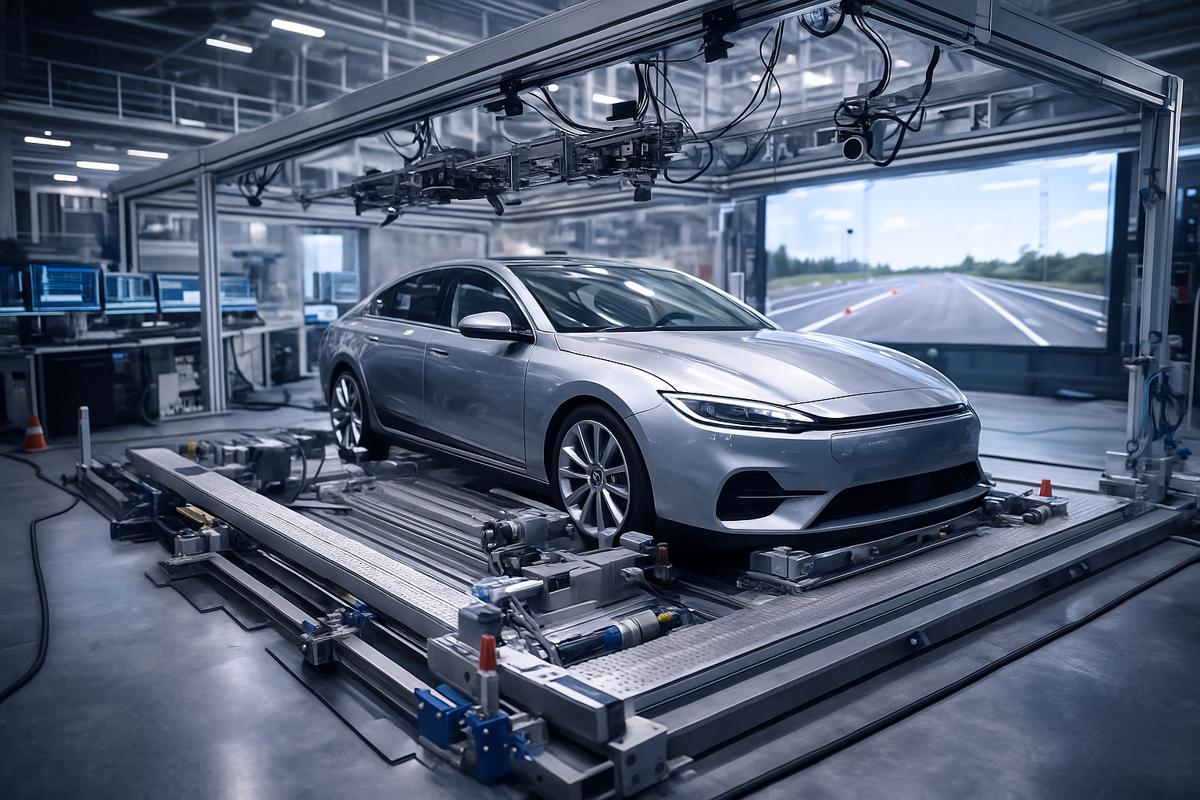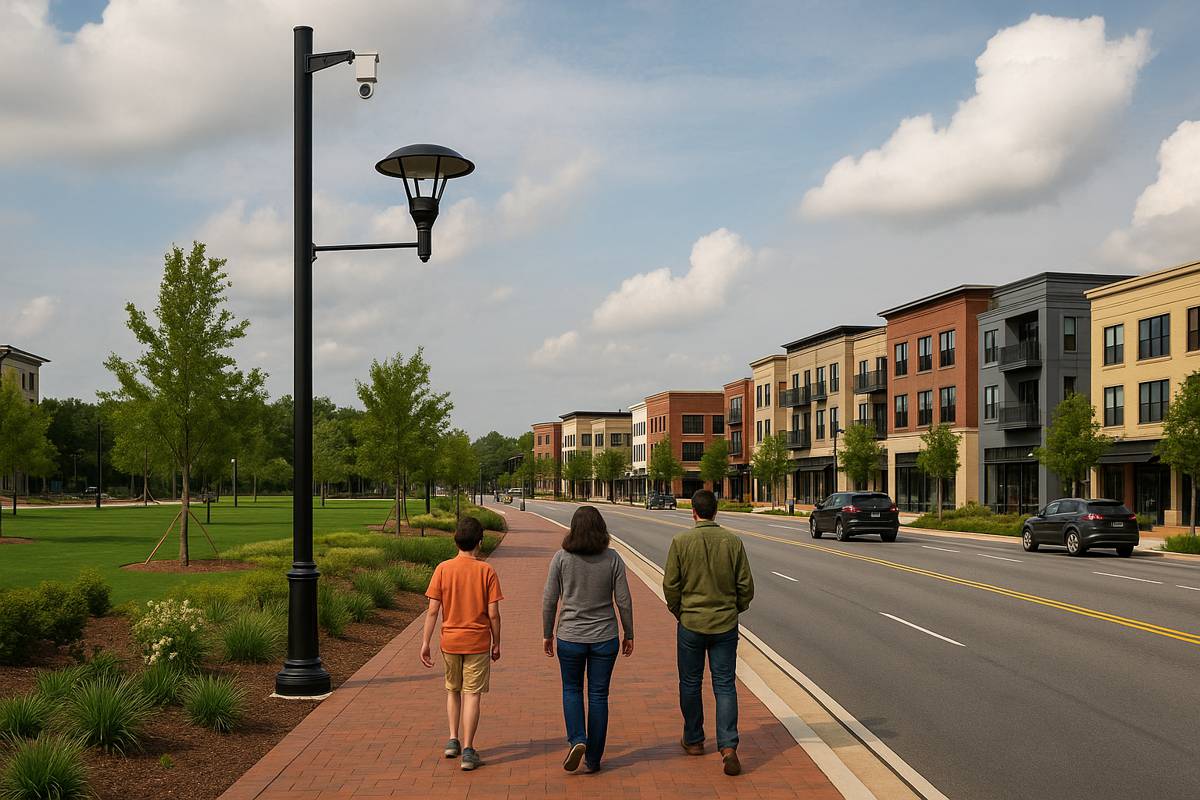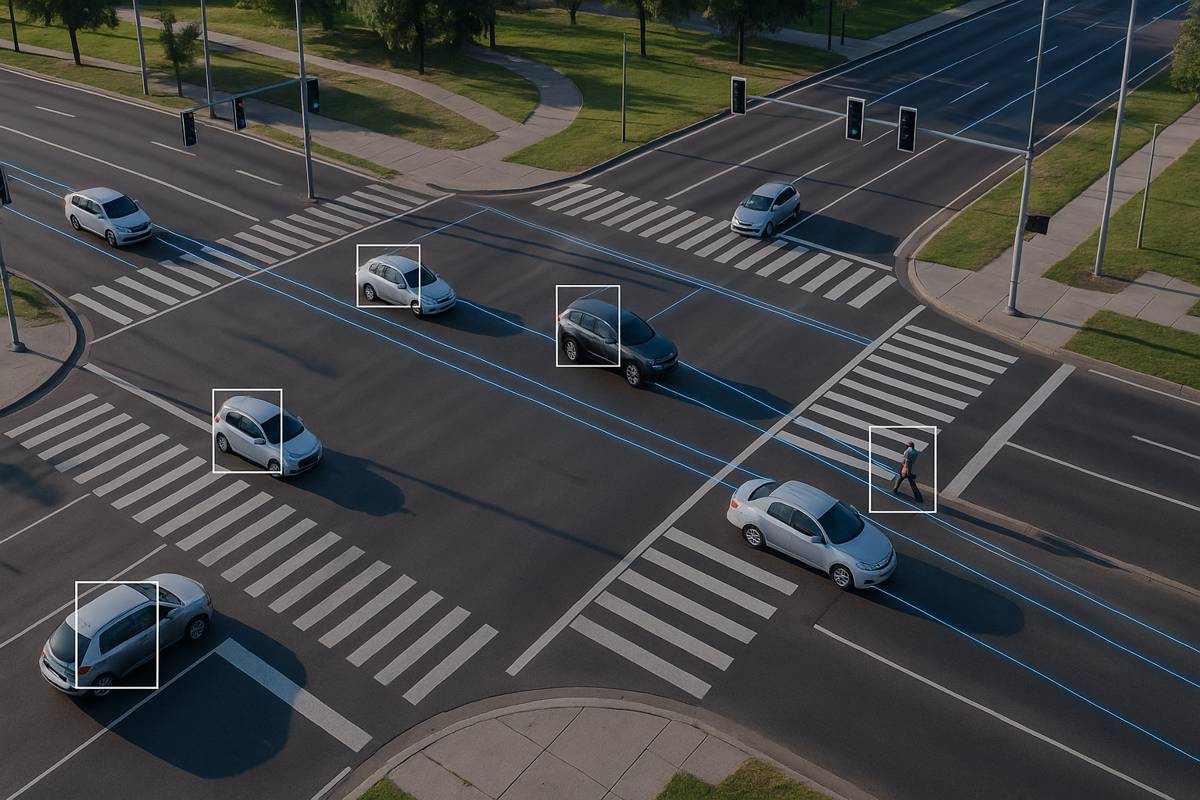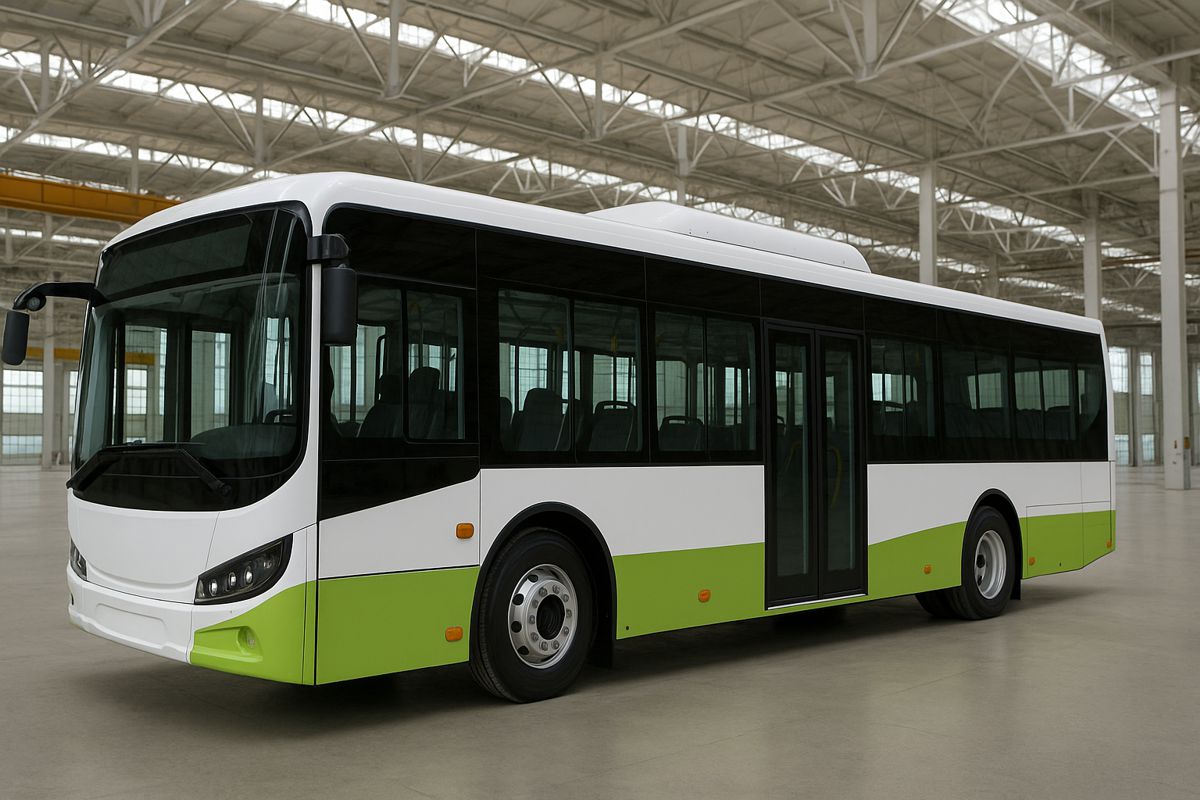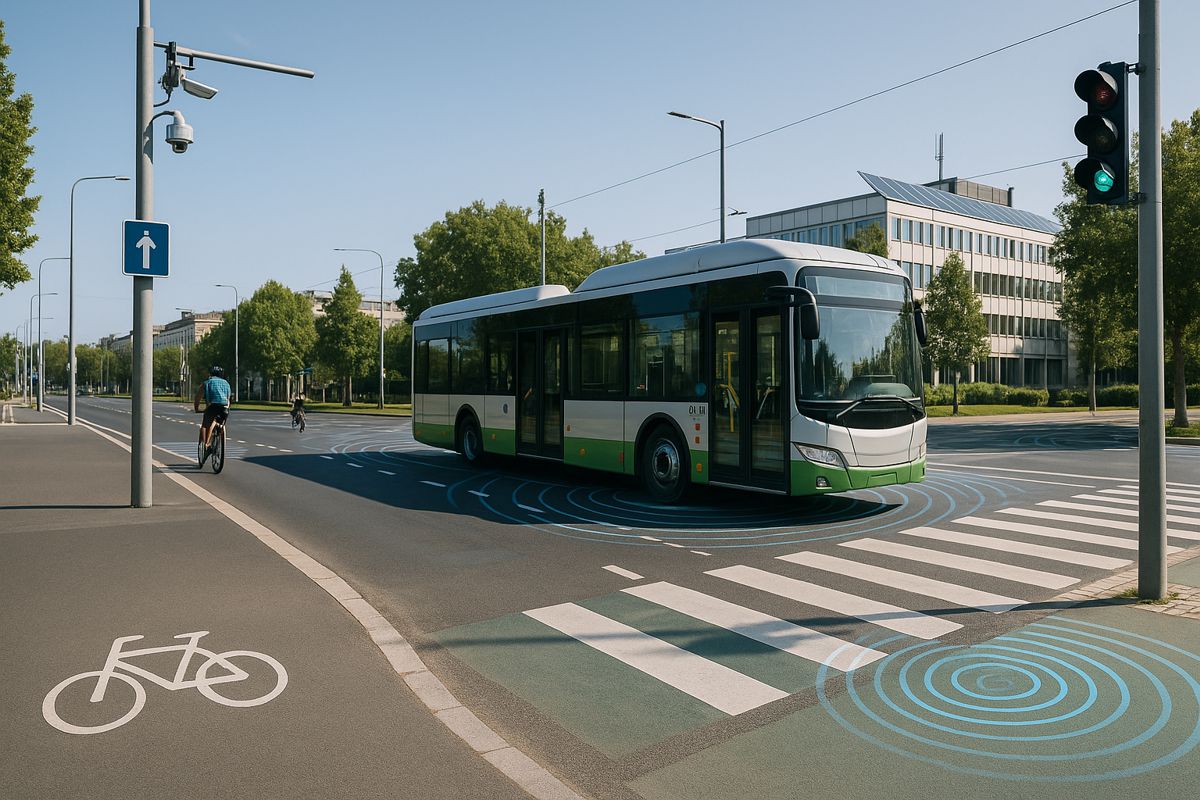Concrete eRoads that charge electric vehicles could pave the way
New research showing that in some parts of the UK there are 1,500 electric car owners competing for just one charging point supports calls for the development of concrete eRoads that charge electrical vehicles as they travel over them.
The research carried out by home charge-point manufacturer Andersen found that the UK has 4,453 on-street charging points with each having to serve an average of 55 cars. However, analysis of the charging points location map shows that in some areas there are nearly 1,500 electric cars per charge point.
“The number of electric cars significantly outweighs the number of charging points. This can result in problems for motorists wanting to ensure that their vehicle batteries are adequately charged for journeys,” said Joe Quirke, chairman of the infrastructure group Britpave. “We believe that that best way forward is the provision of concrete eRoads that charge electric vehicles as they pass over them.”
eRoads allow vehicle batteries to be charged inductively via wireless systems using magnetic coils installed in the road surface that feed an electric charge to magnetic coils fitted on a vehicle’s undercarriage and so charge the battery.
“The long-term strength and performance of concrete makes it the better option for such roads as they do no need regular maintenance and in hot summers, unlike asphalt, do not melt. This could dislodge and compromise the embedded coils,” explained Quirke.
Quirke pointed other developments for concrete eRoads which involved making the road itself conductive: “In Australia, Talga Resources are mixing graphene into concrete to make the road conductive. Whilst in Germany, Magment – concrete containing magnetic ferrite particles – is being developed for road construction.”
He continued: “If the potential for electric vehicles is to be realised then there must be a ready and easily available power supply. Concrete eRoads could provide such a supply.”









